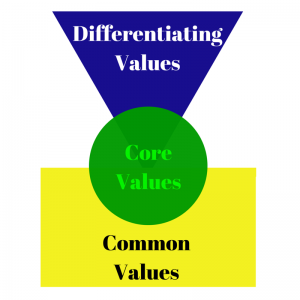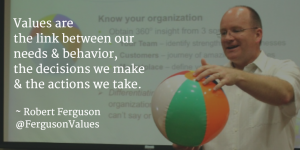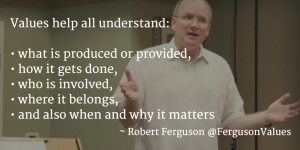The value of insight for marketers (Part-1)
This is the first in a 2-part series on the value of insight.
 Marketers are tasked with developing differentiation and competitive advantage. It’s challenging even if you have all the required information.
Marketers are tasked with developing differentiation and competitive advantage. It’s challenging even if you have all the required information.
But it’s hard to know the best decisions when critical data is often elusive. It’s like sailing at sea in a constant fog.
Uncovering the answers to help make better decisions requires asking the right questions.
- Why do customers buy from you?
- How much should you charge for your product or service?
- What will it take to get your customers to upgrade?
- Who should you be concerned about as your biggest competitive threat?
- When should you launch your new product?
- Where is the next big opportunity?
These are big questions. They are common questions. But they’re not necessarily the right questions. And they’re not easily answered. So they are rarely pursued.
In my experience, marketers and business leaders tend to make decisions based on their intuition, observation, and trusted sources of information (sales reps, suppliers, competitors, shareholders, other executives). Unfortunately, the list of bad marketing decisions evident in the marketplace would suggest something is missing.
It’s time marketers relooked at the decision support tools at their disposal.
The most overlooked tool
Insight from customers and prospective customers is often the most over-looked tool in a marketer’s toolbox.
I sometimes wonder if the reason is because it seems too simple. What do your customers really know about your business? Or maybe it’s too scary. They might say something executives don’t want to hear.
Here are a few of the comments – or excuses – that I’ve heard from various marketers over the years, when recommending the use of insight:
– We can’t afford it. (This from a multi-billion dollar company that was spending less than $100,000 a year on customer insight)
– We don’t have time to waste on that. (But there’s always time to fix it later)
– It’s too hard. We don’t know how to identify our customers, let alone find them.
– What are they (customers and prospects) going to tell us that we don’t already know?
– What will it cost for you to contact them? (This person was afraid of talking to customers)
To effectively develop differentiation for an organization, product or service, understanding customer needs, issues, and expectations is imperative. To obtain this understanding, marketers need to embrace the value of insight.
To be continued…. look for the next marketing post Monday April 23, 2012








0 Comments
Trackbacks/Pingbacks